Super Mario
Mario Testino costumes Dallas Contemporary with Peruvian passion project
Famous for his iconic images of the British Royal family and super snaps of supermodels, Mario Testino has earned his place in the forefront of portrait photography.
But “Alta Moda,” (Spanish for “high fashion”), his exhibit that opens September 21 at the Dallas Contemporary, is a far more personal collection of images. Testino’s work may regularly grace the pages of Allure, GQ, Vanity Fair and every edition of Vogue, but his heart remains in his home country.
While on assignment in Peru in 2007, the Lima native discovered an archive of traditional regional costumes and began work on the series that ultimately became “Alta Moda.” Inspired by Martin Chambi — one of the first indigenous Latin American photographers — Testino utilized Chambi’s archive for this exhibition, re-creating his studio backdrops with the assistance of the late photographer’s grandchildren.
The resulting images reference traditional ethnographic photography with a Testino twist, of course. Capturing Peruvians from across the mountainous region of Cusco, “Alta Moda” preserves traditional costumes even as it elevates them to the work of haute couture ateliers.
Keeping history alive is not a new approach for Testino. In his spare time, he serves as president of the World Monuments Fund Peru, an organization devoted to saving significant architectural and cultural heritage sites.
The very busy photographer took a few moments to share his inspiration with us in advance of the opening of his Contemporary show.
CultureMap: What sparked the creation of “Alta Moda?” How long did it take you to put the series together?
Mario Testino: It was on a trip to Peru, Cusco specifically, in 2007 for British Vogue that I came across an archive of traditional costume from the region. I learned about it and was so inspired by them that I began to document them every time I went back over the following five years.
I ended up amassing quite a collection of images. It began more as a personal project, and then when I established my museum in Lima (in 2012), I decided to exhibit them.
CM: What are the parallels with your series and the work of Martin Chambi?
MT: Of course, being a photographer from Peru, I am very aware of Chambi’s influence and legacy. I approached the Chambi estate about using backdrops that Chambi himself had used. This ended up forming a dialogue with his work. Photography has been a very important medium in the culture of Peru for documenting great social changes.
CM: Why did Dallas seem like the next natural destination for this exhibit? What are you looking forward to seeing in the city while you’re here?
MT: One of my biggest desires is to help bring more Peruvian culture outside of Peru, and with “Alta Moda,” I hope to do this. Being invited to show in Dallas is a huge honor because the [Dallas Contemporary] has a dynamic cultural program and, from what I have heard, it is a city that really admires and respects the arts.
CM: The clothing is so amazing in the series. What connection do you draw between the world of high-fashion runways and indigenous Peruvian costumes?
MT: The skill and workmanship, for one. Traditional costumes from different cultures have been a great influence on haute couture. There is real beauty in these costumes, but not only that, there are real stories and meaning behind every stitch, color, embellishment — all of which speaks about the wearer.
When I first exhibited these pictures at my museum in Lima, in a separate room alongside [them] we displayed five dresses from Dior Couture autumn/winter 2005 by John Galliano. Galliano himself had traveled to Peru and taken inspiration from traditional dress and had worked this into his collection. I wanted to show this connection with high fashion, with couture.
CM: How did your identity as a Latin American affect your role as a photographer?
MT: I feel that making London my base in the early part of my career, I began to try and emulate the English, but I just couldn’t do it authentically, because I’m not English. The moment I started applying some of my “Latin American philosophy” to my work, things began to change and really work for me. It’s a spirit, a way of being, the color, the light, the life.
CM: Can you share some info about your role as president of the World Monuments Fund? What have you done for it so far, and what do you hope to achieve?
MT: I feel the WMF is very aligned to my desire to promote Peru and its culture and heritage on a world stage. I’m very much in the early stages of being president of the board of the WMF in Peru, but we have highlighted many sites of architectural, historical and cultural significance that need attention. A lot of funds need to be raised to preserve these monuments.
The biggest thing that has happened is the announcement of new tax incentives for restoration projects, which is an amazing achievement so companies can help sponsor the work. We also announced the continuation of the restoration of the Baroque Andean Route. The WMF has already restored four of the churches in different towns on this route, and it has been agreed to work alongside the government and private companies to restore the remaining four other churches in four other towns.
We have also just finalized the agreement to start work on the Quinta de Presa, which is a 17th century Palace in Rimac in the city of Lima, next door to our main square and cathedral. This will be the first tax incentive for restoration project since I started working as president of the board.
CM: Can you talk about the future of the Museo Mario Testino (MATE) in Lima?
MT: MATE has a very exciting and regularly changing program of temporary exhibition alongside performances, a residency program in the UK with the Delfina Foundation, and the permanent exhibition of my work. This month we have a show of the photographer George Hurrell, who captured and really contributed fully to establishing the look of the golden age of Hollywood cinema.
This starts a cycle called “Maestros de la Fotografía,” where we will be showcasing the work of photographers that helped shape my eye. Our main aim is to promote and contribute to the cultural landscape in Peru.
CM: Who have you longed to photograph and haven’t yet? If you have shot everyone on your wish list, what was the most amazing experience (or experiences) to date?
MT: I say I am always looking to meet the person I don’t yet know and discover something, and someone, new!
CM: What’s up next for you? What are you excited to be working on in the future? Can you talk about your next book project?
MT: I’m working on a book of my photographs of men called Sir, to be published by Taschen, but you will have to stay tuned for that one in early 2015.
There is always so much I want to do. It’s just finding the time!
---
“Alta Moda” runs September 21-December 22 at the Dallas Contemporary. Mario Testino will be on hand to discuss the exhibition in a free chitchat on September 21 at 11 am.
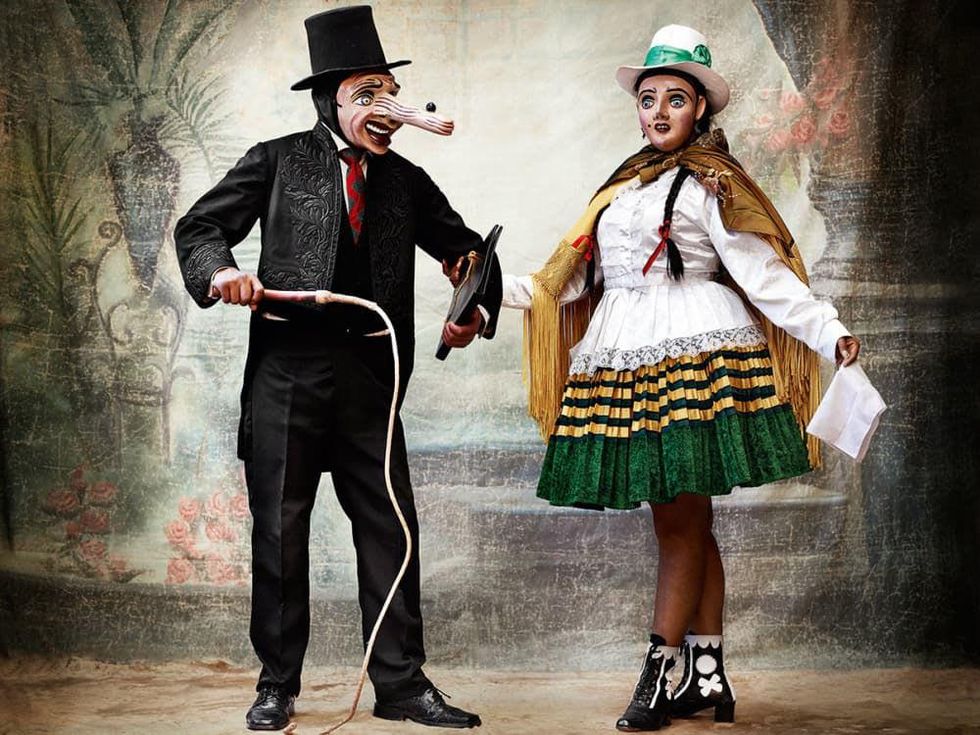
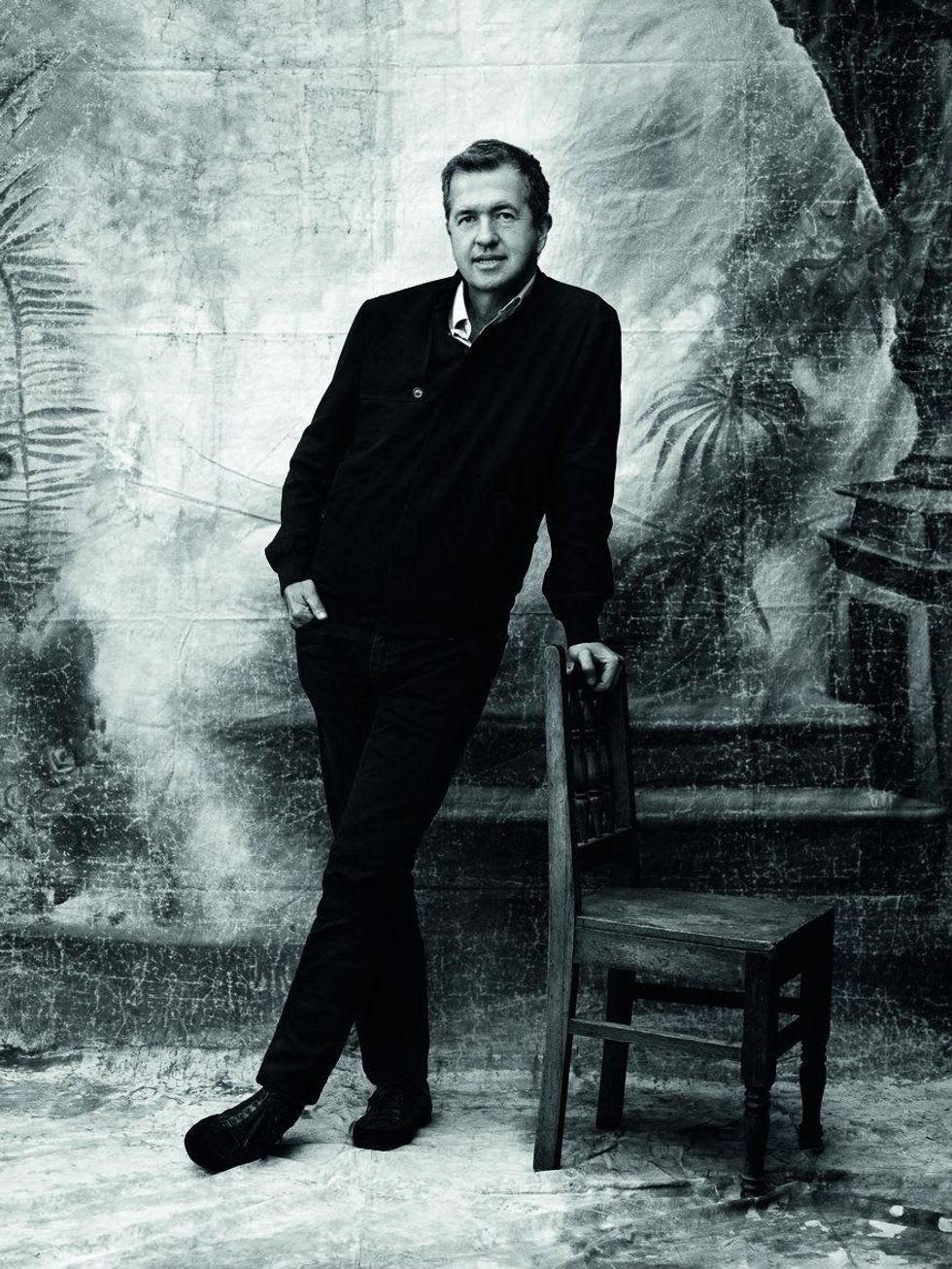
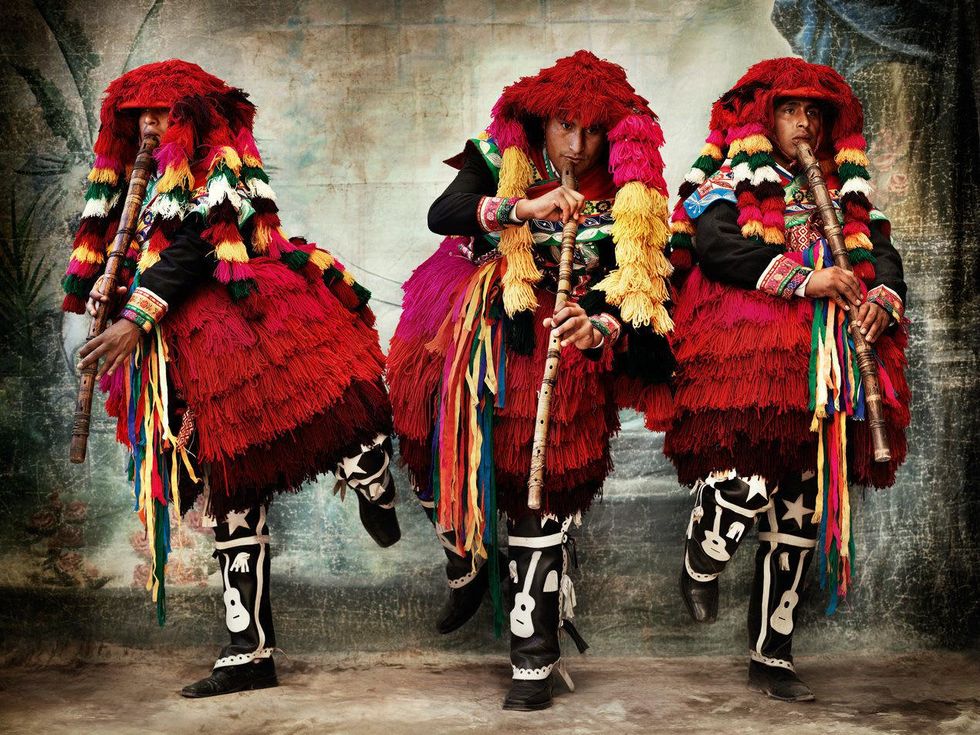

 Guy Fieri and Oren Salomon Courtesy photo
Guy Fieri and Oren Salomon Courtesy photo 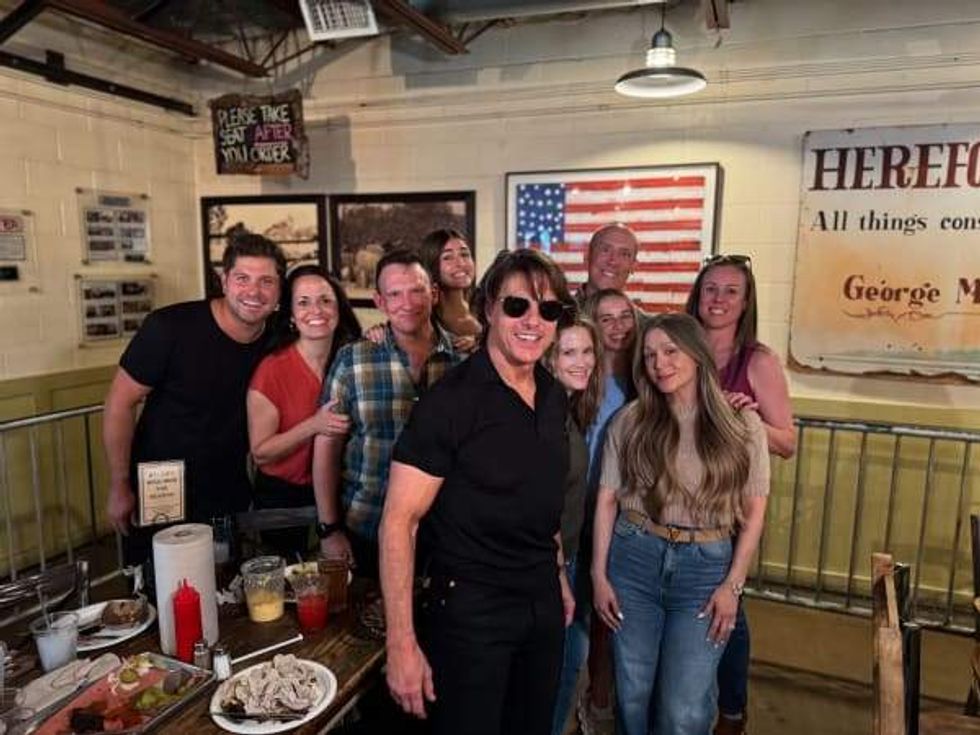 Tom Cruise in Dallas Tribal Cafe
Tom Cruise in Dallas Tribal Cafe 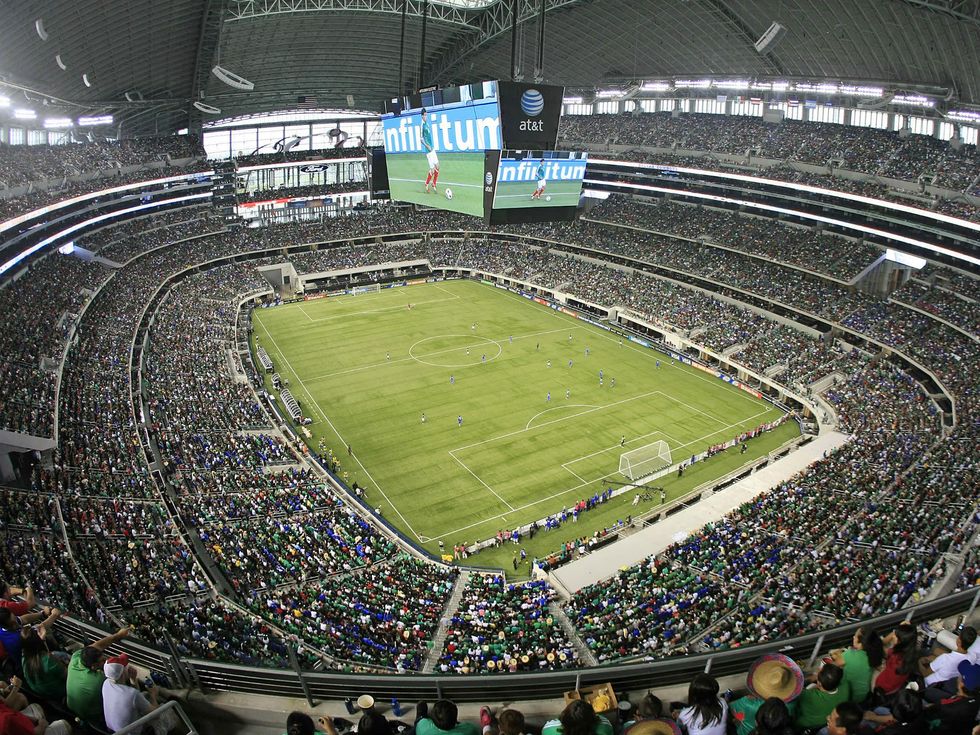 The 2026 FIFA World Cup will be played at AT&T Stadium in Arlington and other venues in the U.S., Mexico, and Canada. Photo courtesy of CONCACAF
The 2026 FIFA World Cup will be played at AT&T Stadium in Arlington and other venues in the U.S., Mexico, and Canada. Photo courtesy of CONCACAF 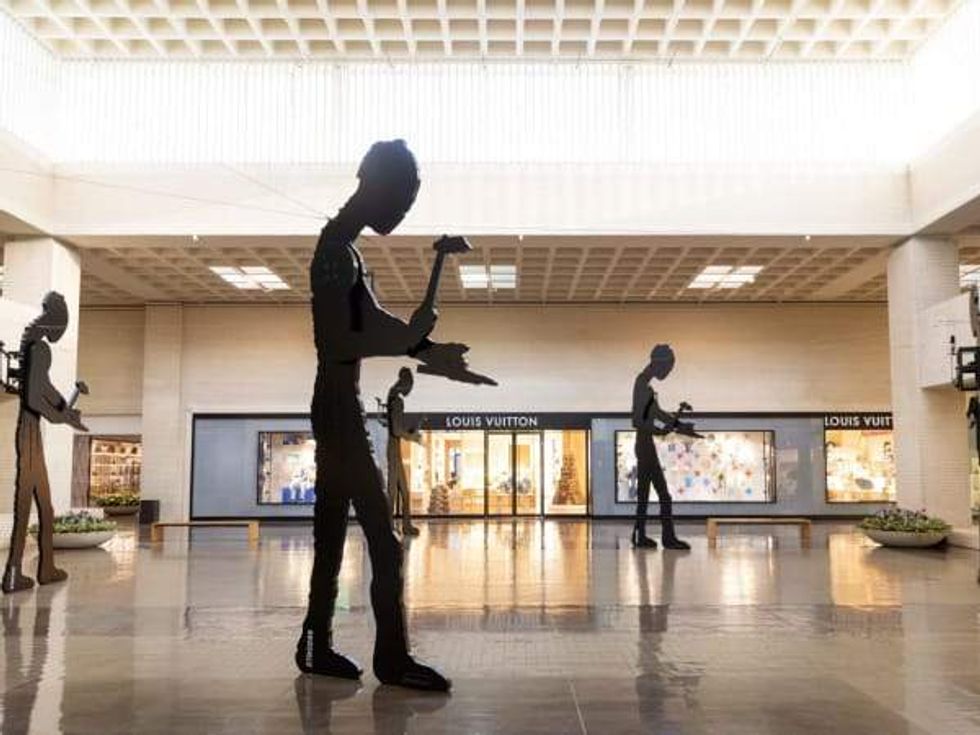 Hammering Men, 1982 NorthPark Center
Hammering Men, 1982 NorthPark Center